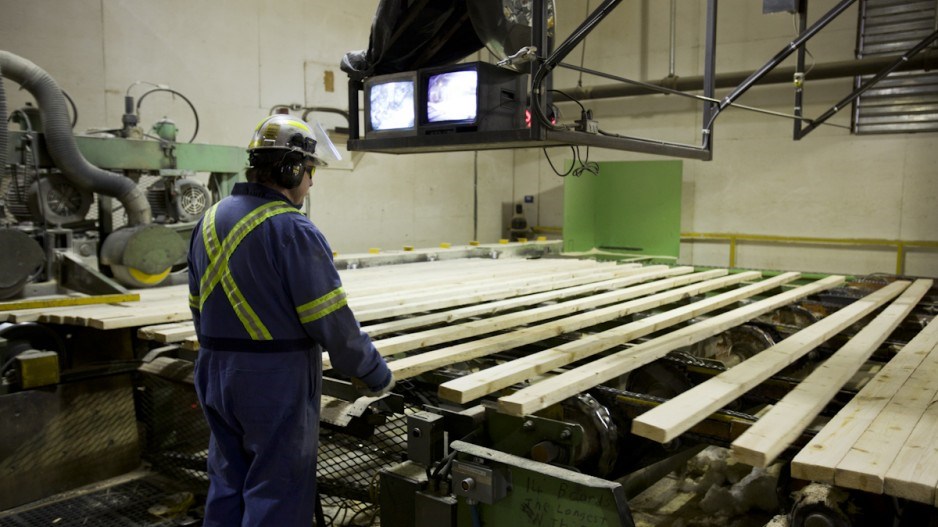B.C. forestry companies have had a very good run for the last couple of years, thanks to abnormally high lumber prices, but the party may be over now.
Citing “very weak market conditions,” Canfor Corp. (TSX:CFP) today announced temporary curtailments at all of its lumber mills in B.C. and Alberta.
The curtailments will start on December 19, and will range from one to four weeks at Canfor’s Canadian mills, the company said. The curtailments will result in about 150 million board feet of reduced production between December and January.
“Due to the significant decrease in demand for solid wood products and challenging economic conditions, we are temporarily curtailing production in Canada,” said Canfor CEO Don Kayne. “We will be working to mitigate the impacts on our employees by providing support and identifying meaningful work during the downtime.”
Canfor also owns sawmills in the U.S., but no curtailments have been announced for the company's American mills.
In October, Interfor (TSX: IFP) had also announced that it would be curtailing production in the fourth quarter of 2022. The company said it would reduce production capacity in B.C. by about 200 million board feet – about 17% of of its production capacity -- but expected to return to a normal operating schedule in January, 2023.
Though West Fraser Timber Co. (TSX, NYSE:WFG) is B.C.’s largest forestry company by market cap, Canfor has the biggest footprint in B.C. It is the single largest tenure holder and operates more sawmills than any other company in B.C. – a total of 10 sawmills, accounting for 29% of the Interior’s lumber producing capacity.
North American lumber prices were strong in 2020 and 2021 and hit record highs in the spring of 2022. But prices have been falling since the beginning of the latter half of 2022, as inflation and rising interest began taking the steam out of new housing construction and lumber demand in the U.S.
Prices for western spruce-pine-fir lumber dropped from a 52-week average of US$846 per thousand board feet in 2022 to US$475 per thousand board feet as of November, according to Natural Resources Canada.




